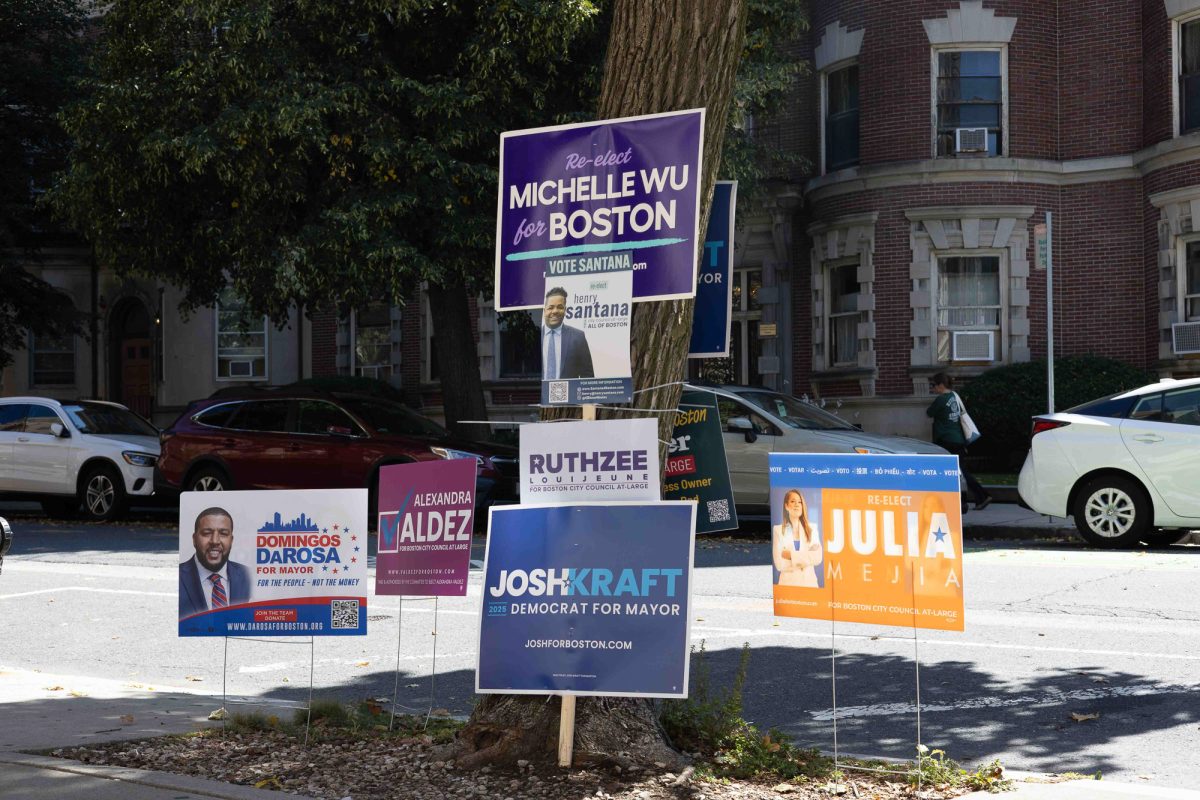Boston Public Schools could undergo a series of school closures in an effort to provide higher quality education for more of its students across the city, which has led to many questions and gained few answers since.

The “Long-Term Facilities Plan”, released by the city and school district in early January, contains a number of improvements to address multiple issues across BPS schools.
“Decades of limited investment and deferred decision-making in our schools has led to aging and inadequate buildings,” according to the plan. “The result has been inconsistent and inequitable student experiences, inefficient use of resources, and buildings that don’t fully support a high-quality student experience for every student.”
The plan also acknowledged that the investment in school buildings “has not kept pace with the needs of students and communities” as the student population has shifted, leading to a further decline in student enrollment, something that the district has struggled with since the 1990s.
Mike Dennehy, a director at Boston University’s Wheelock College of Education and Human Development, said declining enrollment and failing infrastructure is a motivation behind the plan.
“I think the decline in enrollment happens to coincide with the housing crisis … the district has been trying to grapple with that as Boston becomes too expensive of a place to live,” Dennehy said. “The number of buildings they have is really closer to when the district was serving 60,000 students.”
Dennehy, a BPS alum, said the COVID-19 pandemic led to the realization that many of the district’s buildings lacked updated infrastructure. He said he believes this is the correct path despite potential disruption from closures.
“I think the students in Boston deserve better buildings,” Dennehy said. “There’s going to be some disruption, and I think deciding which schools get consolidated is going to be … a significant challenge.”
BPS has not given further detail since announcing the plan, and did not respond to multiple requests for comment. Barbara Fields, a board member at Citizens for Public Schools and the former head of the BPS Office of Equity, said she believes the plan is incomprehensive.
“It does not talk about the actual schools, the closings, the mergers [or] the renovations,” she said. “What happens in one neighborhood and one school often impacts another school.”
Fields also expressed concerns regarding the possibility of inequity that stands without the plan having a solid indication of which schools will face closures.
“This is not the first time that the district, under different superintendents and mayors, has attempted to put forth a plan,” Fields said, highlighting the controversial Shaw-Taylor school merger that had been approved for state funding by the Massachusetts School Building Authority earlier this year, according to the Boston Globe.
The new plan is part of Boston’s Green New Deal, a vision for tackling the climate crisis in Boston through policies that address inequity.
BPS-owned buildings constitute 64.2% of all municipal building carbon dioxide emissions in Boston, according to 2022 data collected by the City of Boston Building and Emissions Reduction and Disclosure Ordinance, or BERDO.
The plan aims to address climate change concerns by according to the annually decreasing emissions standards set by BERDO and Mayor Michelle Wu’s executive order eliminating the use of fossil fuels in new construction and major renovations that include Boston Public Schools.
A key part of the plan is prioritizing investments in buildings that have the potential to close opportunity gaps for student populations disaggregated by race, socioeconomic status, disabilities and English learners, as mentioned in the BPS Opportunity and Achievement GAPS Policy, or the OAG Policy.
Proposed in 2006 by BPS and approved in 2016, the policy discussed various goals in eliminating gaps in opportunity and achievement for students of color, such as having students enroll and complete college at the same rate as all other students.
In regards to the Racial Equity Analysis, a component of the OAG Policy, Fields explained how the tool is supposed to analyze “the equity impact on any policies or decisions that [are] made.”
“Even when we look at this plan, they have not implemented that requirement of the school committee,” Fields said. “As it relates to the plan, and as it relates to the issues around race and marginalized students, the district has not taken any steps, really, to make sure that what is proposing does not perpetuate the inequities.”
Fields said that “CPS is very much concerned about the lack of any attention to the issues of race” that would impact marginalized students. BPS’ history of school closings, “always impact, disproportionately and most negatively, on the Black and brown community,” Fields said.
Suleika Soto, a BPS parent and parent organizer with the Boston Education Justice Alliance, mentioned the district’s Racial Equity Planning Tool, explaining how BPS does not use the tool “with fidelity.”
While acknowledging that BPS has “great intentions,” Soto said the problem lies in the implementation of the plan.
“They say great things about the experience, [but] on the ground it is very different,” Soto said.
Soto said the engagement report, which provides a summary and analysis of priorities among community members as part of the Green New Deal for BPS, did not provide an accurate representation of the BPS community.
“Most of the respondents were white families, which is not reflective of the population of Boston Public Schools,” Soto said.
Soto also raised concerns that the plan’s lack of details regarding the school closures also impacts parents.
“It’s hard for any parents to structure their child’s education around this,” she said. “It feels like it’s gonna be the same thing, right? You’re going to tell us when you’ve already made the decision … and then try to get community buy-in.”


















































































































Reggie Jean • Feb 29, 2024 at 10:40 am
The way that BPS decides to use the properties and combine/close schools will set Boston’s path to the future in areas of education, environmental sustainability and equity. Mike Dennehy provides important insights. Thanks for covering this important story, Mr. Lehman.